1. Core Factors Influencing Chan Tea Quality: A Duet of Matter and Spirit
Water is the "blood" of tea soup, needing sufficient vitality and sweetness (such as living water stored in earthen jars and activated by metal kettles);
Utensils are the "abode" of tea soup, requiring natural materials and stable energy (cast iron pots gather aroma and enhance charm, while purple clay vessels nourish tea with warmth);
Tea leaves are the "essence" of tea soup, needing high-quality raw materials and proper storage (Pu'er's aging value and stable tea properties form the flavor foundation);
The brewer is the "activator" of tea soup, requiring skilled techniques and focused state (the core link connecting matter and spirit).
These four elements act like "four-wheel drive" – none can be missing to create excellent tea, collectively forming the material cornerstone of Chan tea quality.
When the brewer is in a state of "no-distraction" Chan concentration, their consciousness resonates with the life energy of tea leaves, awakening deep flavors in the tea;
This "soul infusion" is not metaphysics but influences the presentation of tea soup through breath rhythm, movement stability, and focus intensity. Modern science has confirmed that human emotions can change the molecular structure of water, and tea soup is essentially a "fusion of water and tea".
Aroma is the most intuitive "language" of tea properties. When spiritual power is infused, the aroma of tea soup becomes more layered and penetrating (e.g., a "coolness" or "warmth" may emerge in Pu'er's aged fragrance);
Meanwhile, respect for the "time-space field" energy is necessary – the same tea brewed in morning tranquility versus afternoon restlessness tastes different; enjoyed in mountains versus busy cities feels distinct. Only when mind, water, utensils, and tea fully merge through aroma within a specific time-space can the realm of "Chan and tea as one" be achieved.
Aroma is the most intuitive "language" of tea properties. When spiritual power is infused, the aroma of tea soup becomes more layered and penetrating (e.g., a "coolness" or "warmth" may emerge in Pu'er's aged fragrance);
Meanwhile, respect for the "time-space field" energy is necessary – the same tea brewed in morning tranquility versus afternoon restlessness tastes different; enjoyed in mountains versus busy cities feels distinct. Only when mind, water, utensils, and tea fully merge through aroma within a specific time-space can the realm of "Chan and tea as one" be achieved.

2. Deep Integration of Chan Meditation and Tea Brewing: A Mutual Pursuit of Mind and Realm
Before brewing, close eyes and meditate on tranquil scenes like "mountain springs" or "temple morning bells" to withdraw the mind from restlessness. This "using environment to refine mind" quickly adjusts state;
Long-term Chan practitioners can perceive "energy fields" in environments – brewing tea under ancient tea trees more easily connects to the tea's "original power"; brewing amid chanting makes tea soup carry a "sacredness". This transformative ability is a core quality of Chan tea masters.
Mind transforms realm: The same tea, water, and utensils can produce sweet and smooth tea in a calm mind, yet bitter and astringent in an impatient one, proving mindset can alter material presentation;
Realm nurtures mind: An elegant tea setting (with incense, guqin music, flower arrangement) aids tranquility, while a cluttered environment easily triggers distractions, showing material environment also shapes mindset.
Tea brewing practice actively adjusts mindset to optimize tea realm, which in turn nourishes mindset, forming a "positive cycle".
Tea brewing practice: Cultivating "being present" awareness through focused practice of water pouring and soup serving, making each movement a "samatha-vipassana" practice;
Tea leaf life interpretation: Observing tea leaves from dry hardness to unfolding, from light to rich flavor, perceiving Chan principles of "life growth" and "impermanent change".
These two dimensions reflect each other, making tea affairs both a display of techniques and a practice of life.
3. Tea Brewing Practice Mode: A Growth Path from Technique to Mindset
Water pouring should be like "a thin thread", avoiding hasty impact; soup serving should be "smooth as flowing clouds", avoiding hesitation;
This "slowness" is not procrastination but "precision control" – deliberately slowing movements trains the brain's control over the body, while giving the mind enough time to Awareness the present. In this process, brewers learn patience, focus, and precision, qualities that naturally migrate to other life areas.
Scientifically, steady breathing and relaxed body during focus reduce hand tremors, enabling more precise control of water temperature, time, and flow, avoiding over-extraction of tea polyphenols (reducing bitterness);
From a Chan perspective, reduced distractions during focus strengthen connection with tea, "guiding" full release of amino acids and sugars (umami substances). Many tea practitioners have verified that sustained focused brewing enhances tea sweetness with each infusion.
Impatience causes unstable movements, easily leading to over-high water temperature or slow pouring, resulting in excessive extraction of polyphenols and caffeine, producing astringency;
Distraction leads to "absent-mindedness", with scattered energy making tea soup taste "bland" or "off-flavored" (e.g., "fishy" or "stuffy" notes).
Changes in tea flavor are the most honest "mindset alarms", reminding practitioners to adjust promptly.

4. Mindset and Environment: Invisible Forces Shaping Chan Tea Quality
Ideal state: Tea brewed by a calm mind is "smooth as oil", triggering overall comfort after drinking (e.g., cool throat, salivation in cheeks), reflecting the material transformation of "peace of mind";
Negative performance: Anxious people may brew "throat-irritating" astringent tea even with top-grade Pu'er; angry people's tea often has a "dry heat", causing dry mouth after drinking.
This connection reveals the truth of "non-duality of body and mind" – inner states influence taste perception through neurological and endocrine mechanisms, while altering the stability of brewing movements.
Music should be low-frequency soothing pieces like guqin or Chan music, avoiding noisy pop songs;
Incense should use natural fragrances like agarwood or sandalwood, with a concentration of "barely perceptible";
Lighting should be warm yellow soft light, avoiding direct strong light;
People should be "frequency-aligned", with minimal speech and more focus at the tea table, avoiding chat distractions.
These elements, though not directly involved in brewing, aid tranquility through sensory input, indirectly enhancing tea quality.
Space differences: Indoor brewing easily focuses but may feel "restrained"; mountain brewing is more relaxed but prone to distraction; outdoor brewing has wild charm but needs to cope with external interference;
External limitations: Environmental influence on state is objective, with beginners easily constrained (e.g., unable to calm in noise);
Inner transformation: Advanced practitioners can quickly establish an "inner tranquility field" in any environment through "intentional visualization" or "breath adjustment", achieving "stillness amid chaos". This "independence from external circumstances" is an advanced realm of Chan tea practice.
5. Practical Manifestation of Practice Power: Methods from Awareness to Transformation
Deliberately extend each brewing step (e.g., 10 seconds for water pouring, 5 seconds for soup serving), focusing on the sound of flowing water, tea leaf movement, and color changes during the process;
Sip slowly during tasting, keeping tea soup in the mouth for 3-5 seconds to Awareness taste changes from tongue tip to throat. This "slowness" breaks the "inertia" of distractions, anchoring the mind in the present to Enlightenment "impermanence" (varying flavors per infusion) and "persistence" (effects of sustained focus) through repetition.
Close eyes and recall joyful natural scenes like "fresh forest mornings", "serene seaside sunsets", or "clear mountain streams", reconnecting the body and mind with tranquil energy;
Project these recalled "feelings" onto the tea soup – imagine flowing water as mountain streams, tea leaves as ancient trees, and tea soup as natural gifts. Many Chan tea masters verify that such "visualization" significantly improves the "vitality" of tea soup.
Joyful mind is not "ecstasy" but "calm delight" – gratitude for tea, reverence for nature, and contentment with the present;
Brewing with complaints, anxiety, or perfunctoriness makes tea soup "heavy" and "stagnant"; conversely, brewing with joy makes it "light" and "lively". As ancient wisdom states: "A joyful mind makes tea sweet; a sorrowful mind makes tea bitter" – a natural result of energy resonance.
6. Principles of Tea Dao and Chan Tea Unity: Cultural Heritage and Practice Path
Ancient people integrated reverence for nature and emphasis on etiquette into tea affairs, forming "Tea Dao" that emphasizes "harmony, respect, purity, and tranquility";
Monks integrated Chan practice of "seeing one's true nature" into Tea Dao, developing "Chan and tea as one" – achieving the realm where "tea is Chan, and Chan is tea" through focused brewing and mindful tasting.
This evolution transformed tea from a "beverage" into a "practice carrier", filling daily life with possibilities for enlightenment.
"Mental focus" transforms into "stable water flow" during pouring; "mental peace" transforms into "tea sweetness" during serving;
"Taste perception" transforms into "mental awareness" during tasting (e.g., perceiving the philosophy of "bitterness preceding sweetness" from astringency to aftertaste).
Chan tea practice realizes the integration of spirit and matter in these "micro-moments", experiencing the truth that "Dao exists in daily use".
Meditation: Meditate for 10-15 minutes each morning to develop focus and awareness;
Worshipping Buddha/nature: Perform a "gratitude ritual" to tea leaves and water sources before brewing to cultivate reverence;
Closing eyes to calm the mind: Close eyes and take 3 deep breaths before brewing to draw attention from distractions to the present.
These methods, though seemingly unrelated to brewing, fundamentally improve "mental quality" – which determines tea quality.

7. Examples of Practice Transforming Mindset: Energy Feedback in Tea Soup
Taste: Sweet and smooth with no obvious bitterness, leaving a lasting "sweet moisture" in the throat after drinking;
Body feeling: Overall relaxation, especially in easily tense areas like shoulders, neck, and between eyebrows;
Psychology: Heart joy with reduced distractions, producing a "calm satisfaction" emotion.
These characteristics depend not solely on tea quality but more on the "blessing" of the brewer's mindset.
When physically and mentally exhausted, drinking a cup of mindfully brewed Pu'er refreshes without overstimulation, reducing fatigue;
When emotionally agitated, drinking it gradually calms the mind – the result of "tranquil energy" in tea soup being transmitted to drinkers through taste, smell, and other senses.
This transmission is not superstition but "energy field resonance" – the brewer's calm state transforms into the "vibration frequency" of tea soup, influencing the drinker's physical and mental state.
Brewing while feeling "mountain breeze" infuses the soup with "coolness";
Brewing with "gratitude" makes the soup exceptionally "sweet".
This "integration" requires no deliberate effort but is a "natural flow" when focus reaches its peak – no separation between mind and tea, achieving the realm of "forgetting both self and object".
8. Advanced Brewing for the Second Infusion: Deep Resonance of Technique and Mindset
(1) Traditional Wisdom in Water Collection
"Mountain water is best" refers to living water from mountain tops or streams (flowing and less polluted), with the most vibrant energy, ideal for brewing Pu'er;
"River water is middle" refers to water from the middle section of rivers (avoiding overly cold sources or turbid lower reaches), the second-best choice;
"Well water is lowest" refers to living water from deep wells (needing standing to remove "earthy smell"), suitable when mountain or river water is unavailable.
This is not an absolute hierarchy but emphasizes "choosing living, clean water", aligning with Chan tea's "respect for nature" philosophy.
First boil (raw): Small "fish-eye bubbles" first appear at the bottom, with water temperature around 70-80℃, not reaching brewing standard, needing further heating;
Second boil (ripe): Bead-like bubbles appear on the surface, with water temperature around 95-100℃. At this stage, water is fresh with sufficient energy, optimal for brewing Pu'er;
Third boil (old): Water rolls violently with lots of foam, with high temperature but "over-mature" quality, reduced oxygen content, easily making tea soup bitter, thus unsuitable.
Common misconception: "Pu'er must be brewed with 100℃ boiling water" is not absolute – new Pu'er (1-3 years) fares better with "late second boil" water (around 95℃) to avoid scalding buds; aged Pu'er (over 10 years) can use "just second boil" water (around 100℃) to stimulate aged fragrance.
Flow control: Maintain "steady and uniform" water flow, avoiding sudden speed changes (fast easily makes it strong/astringent, slow makes it bland);
Realm projection: Imagine "gurgling mountain streams" while serving, syncing movement rhythm with natural cadence;
Tranquility essence: Practice "mind transforming realm" – if the environment is noisy, block interference by "focusing on water flow sounds", achieving stillness amid movement.
Soup serving is about "letting the mind guide the hand" rather than "letting the hand drive the mind", embodying the Chan tea principle of "mind as the master".
Consistency: Maintain the same focus from water collection and heating to pouring and serving, avoiding initial tightness and later looseness;
Compassion: Treat tea leaves like "nurturing life" – avoid direct water impact on buds during pouring, avoid squeezing leaves during serving. This "kindness" makes tea soup more "gentle";
Communication method: Establish a "tea zone" concept – mentally regard tea leaves as "living partners", conveying the intention "please fully release your flavor" through thoughts. Though invisible, this "dialogue between mind and tea" influences tea presentation.
Observation and feeling: First observe soup color (should be deeper and brighter than the first infusion), then smell aroma (aged or jujube notes should be more obvious), feeling the "vitality" of the tea soup;
Taste experience: Tasting with a "grateful for tea's dedication" mindset enhances perceived sweetness compared to ordinary tasting (mindset influences taste perception);
Spiritual interaction: Close eyes after drinking to feel the tea flow in the body, silently thinking "grateful for natural gifts". This "spiritual communication" elevates tasting from "appetite satisfaction" to "spiritual nourishment".

9.Course Summary: Practice System and Cultural Essence of Chan Tea Pu'er
Basic level: Mastery of precise techniques like water collection, heating, pouring, and serving (e.g., judging three boils, controlling flow speed);
Deep level: Relationship between Tea Dao and Chan practice (interaction of mind transforming realm/realm nurturing mind, spirit-matter transformation).
Like "two wheels of a cart", neither can be missing to enter the gate of Chan tea.
Preparations: Environment creation, mindset adjustment, utensil purification;
Core operations: Choosing living water, observing boiling stages, controlling pouring speed, serving with intention;
Tasting elevation: Observing color and smelling aroma, tasting with gratitude, physical and mental awareness.
This loop makes each tea event a "complete practice" rather than isolated brewing actions.
Not clinging to "technique supremacy" (valuing skills over Dao) nor Empty talk "mindset omnipotence" (valuing Dao over skills);
Instead, experiencing "mind is tea, tea is mind" in every brewing moment – mental purity manifests in tea sweetness, and tea vitality nourishes mental tranquility, ultimately reaching the non-dual realm of "Chan and tea as one".


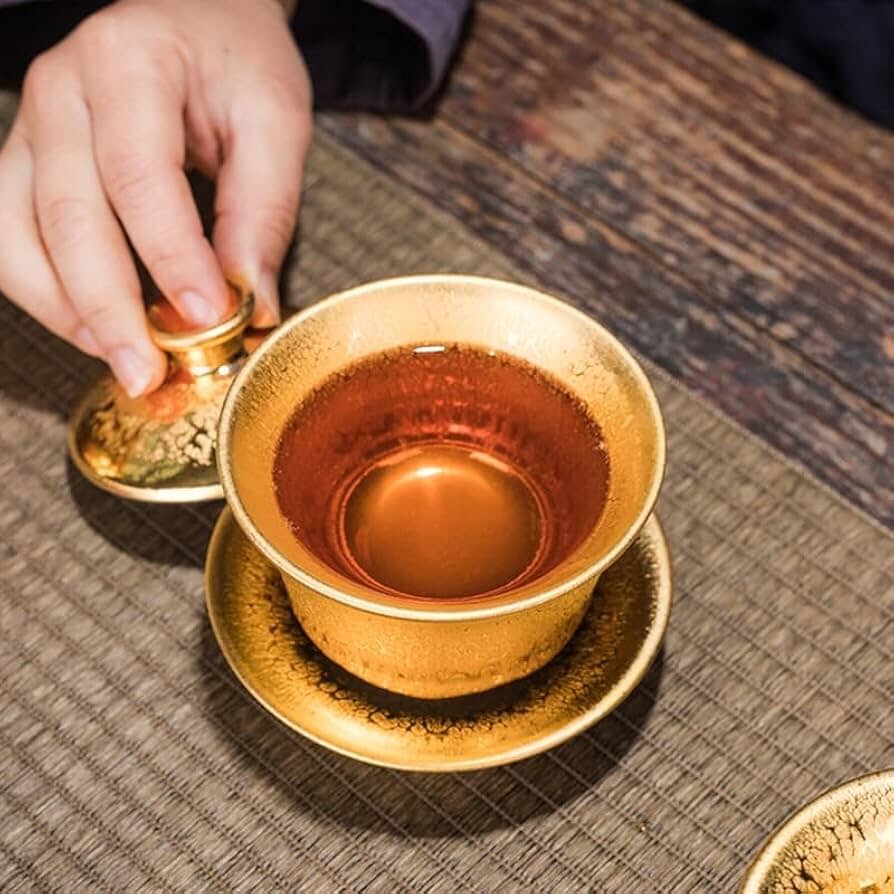
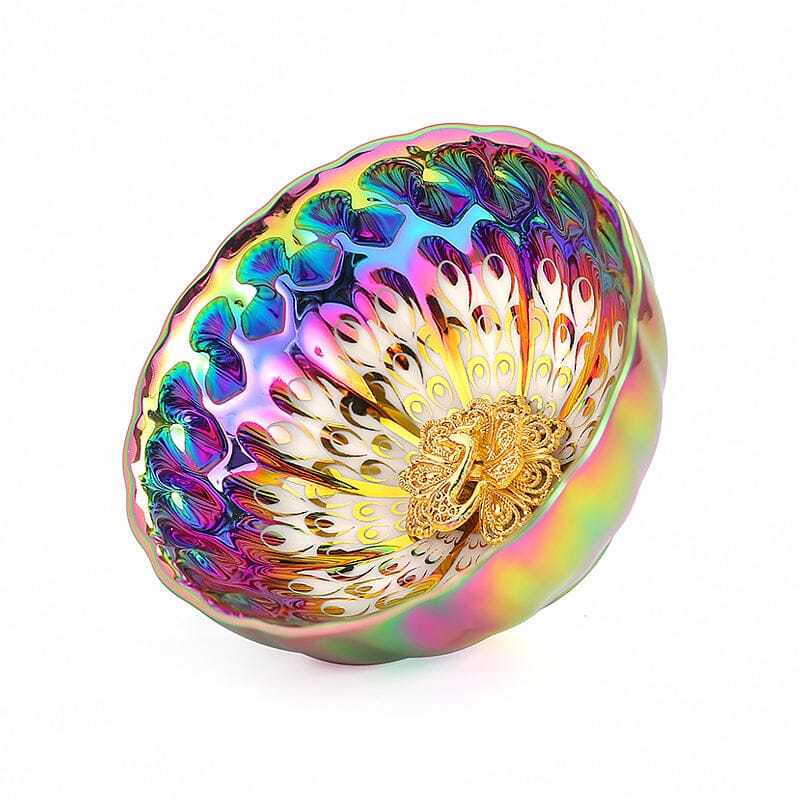


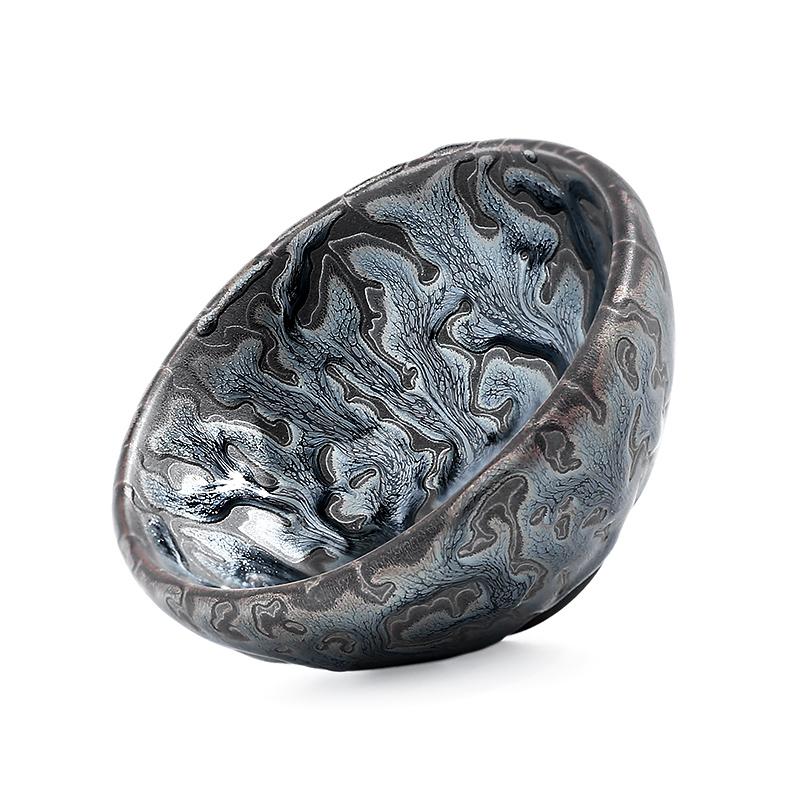
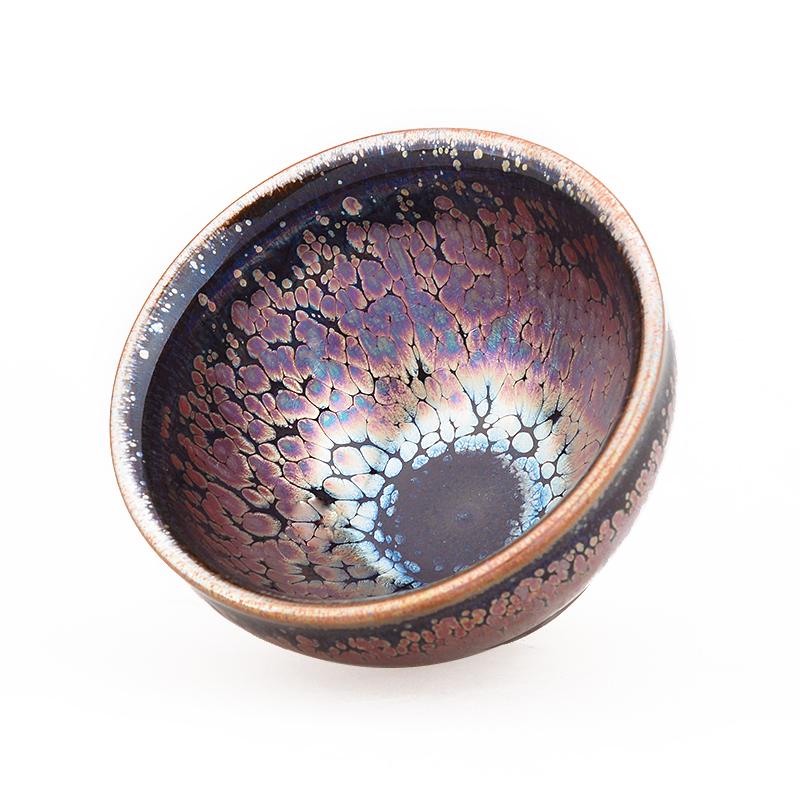
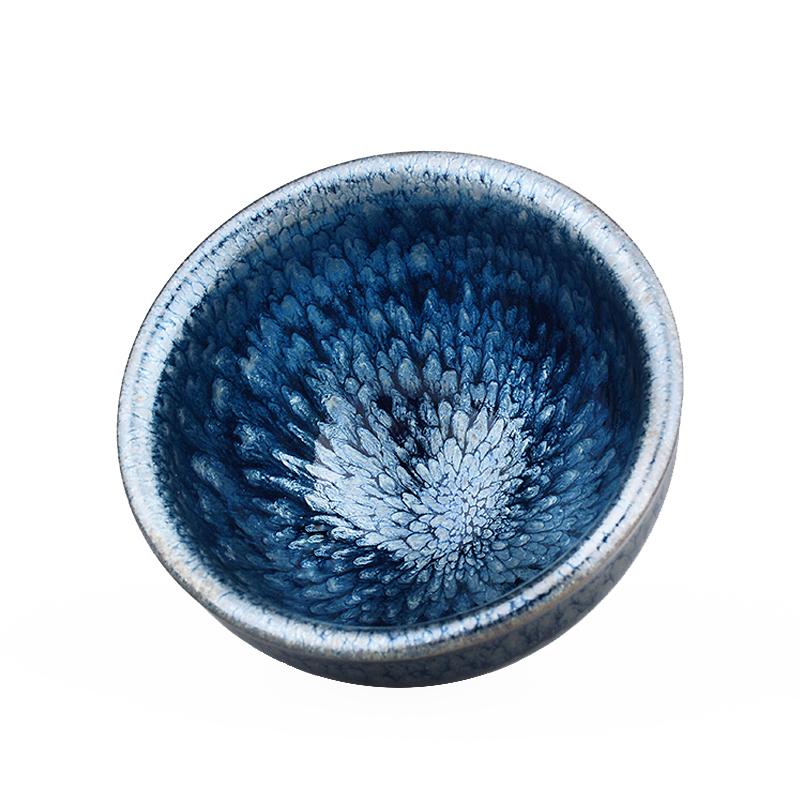
Condividere:
The Meaning of Chan Tea: Pu'er – A Guide to Mindful Practice Through Tea
Brewing Black Tea – Jinjunmei (Part I): A Basic Guide from Tea Table Setup to Tasting